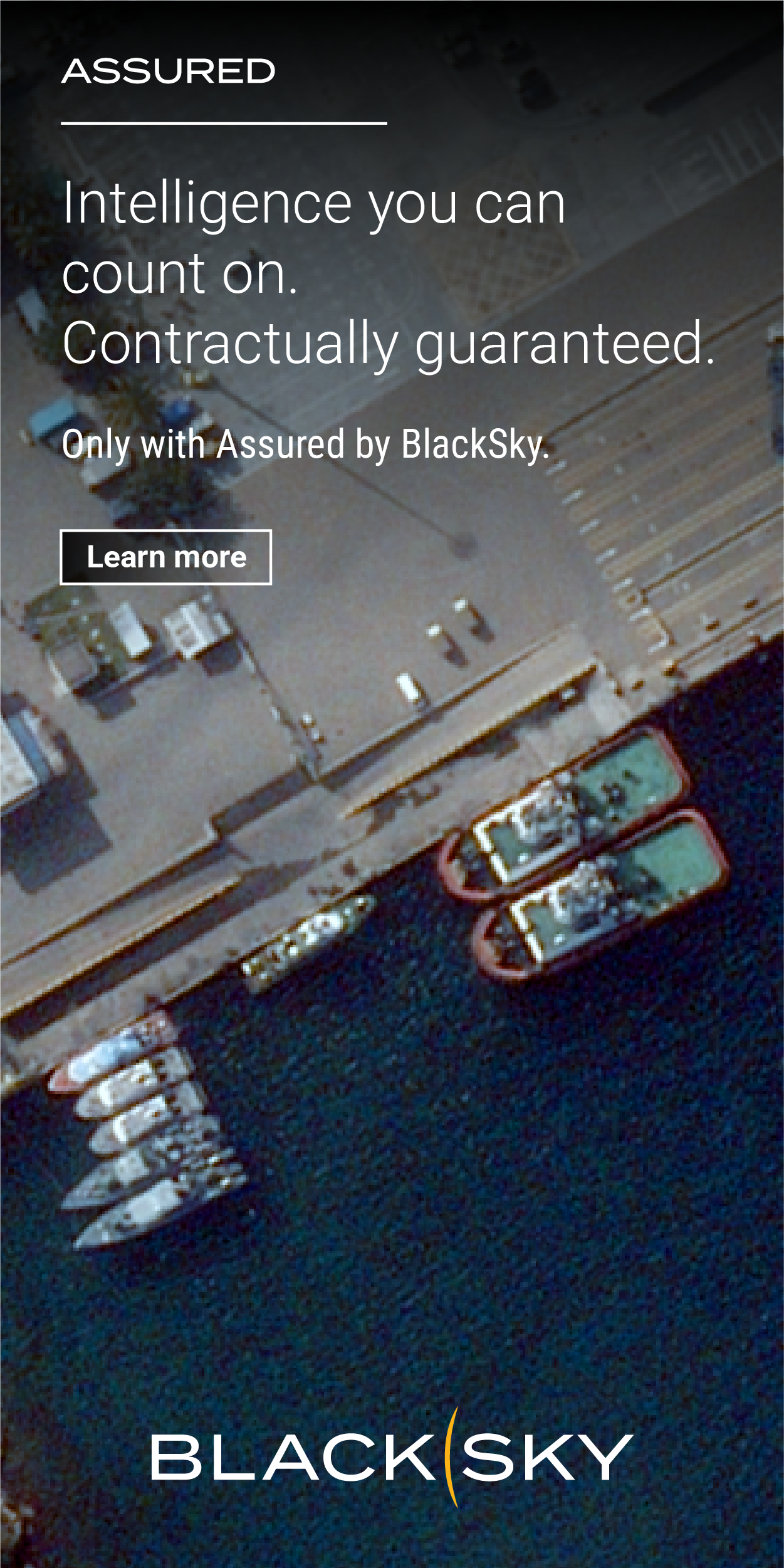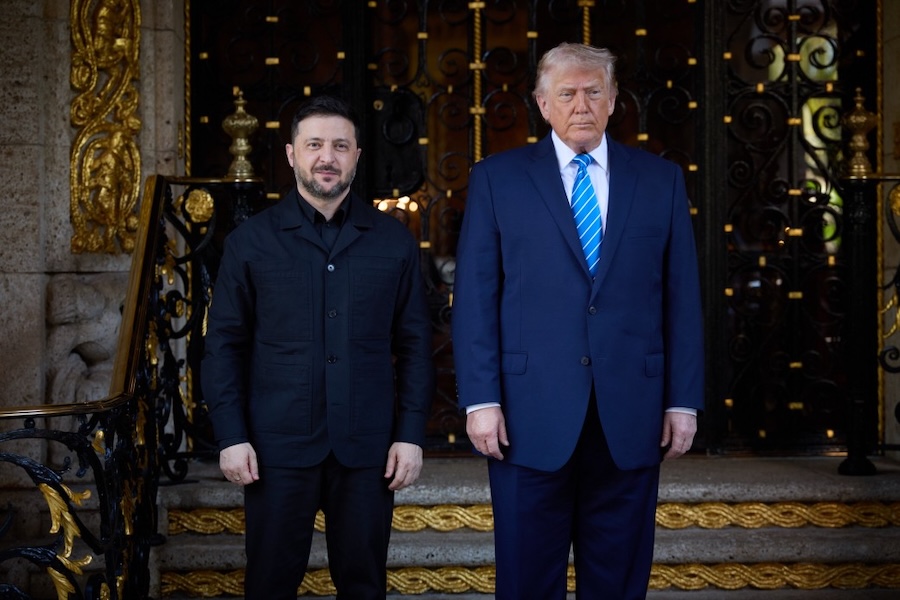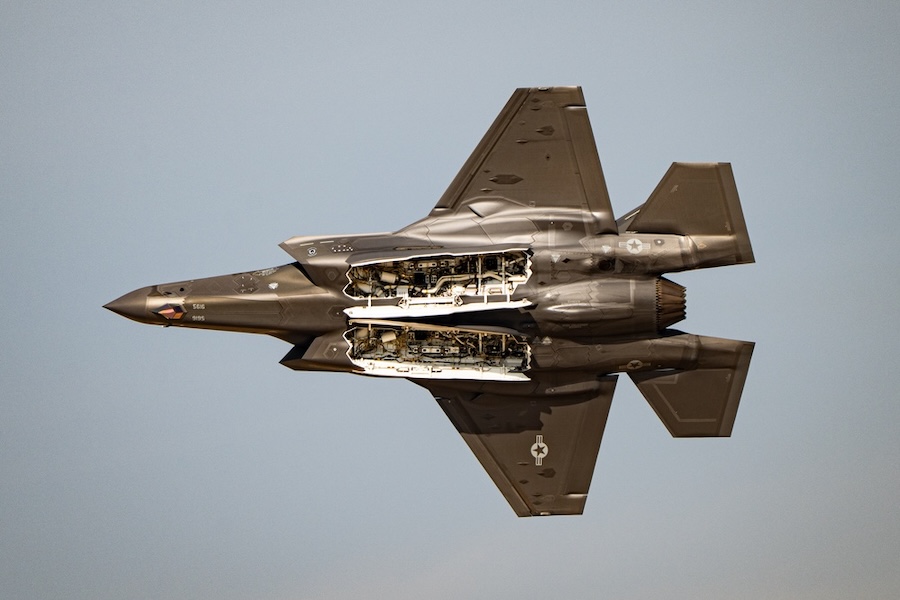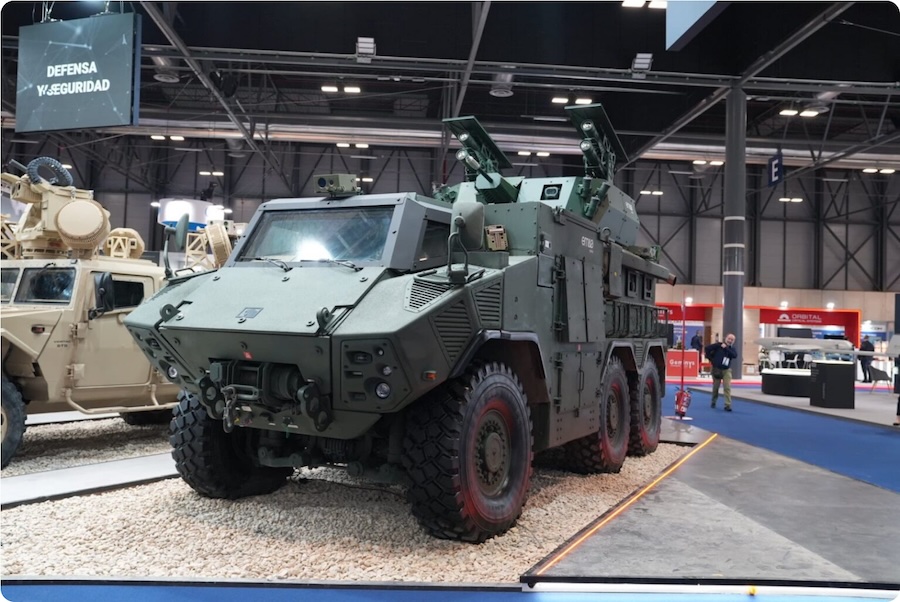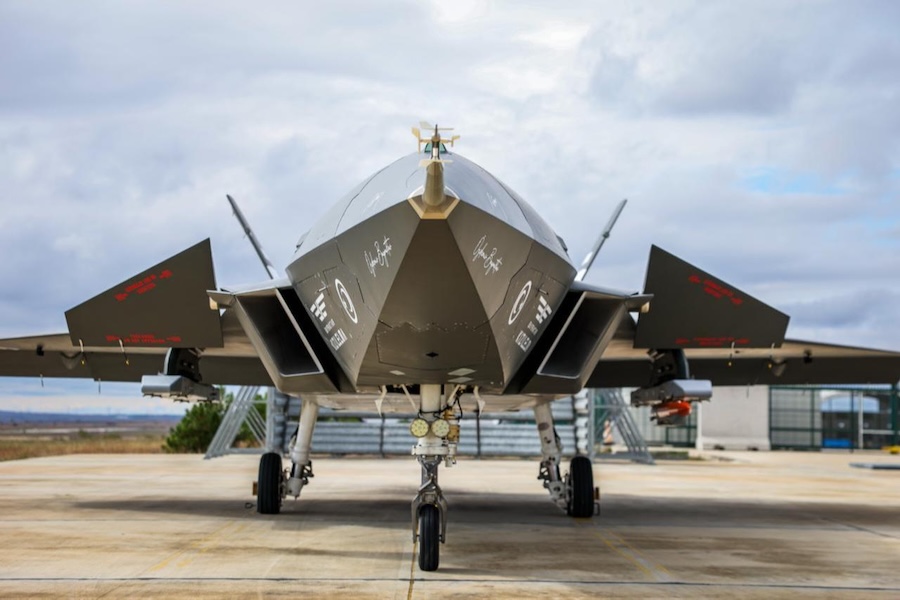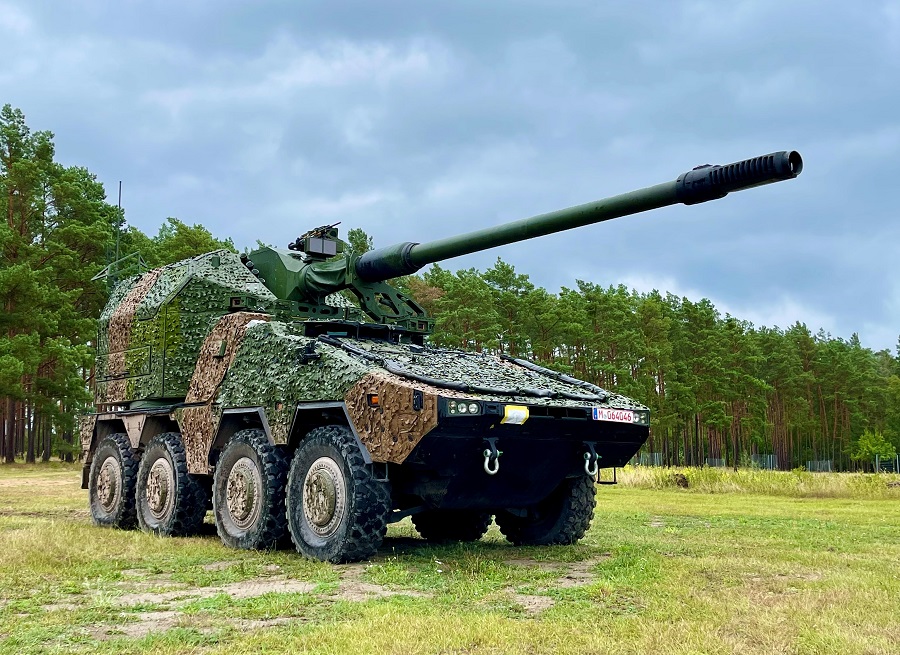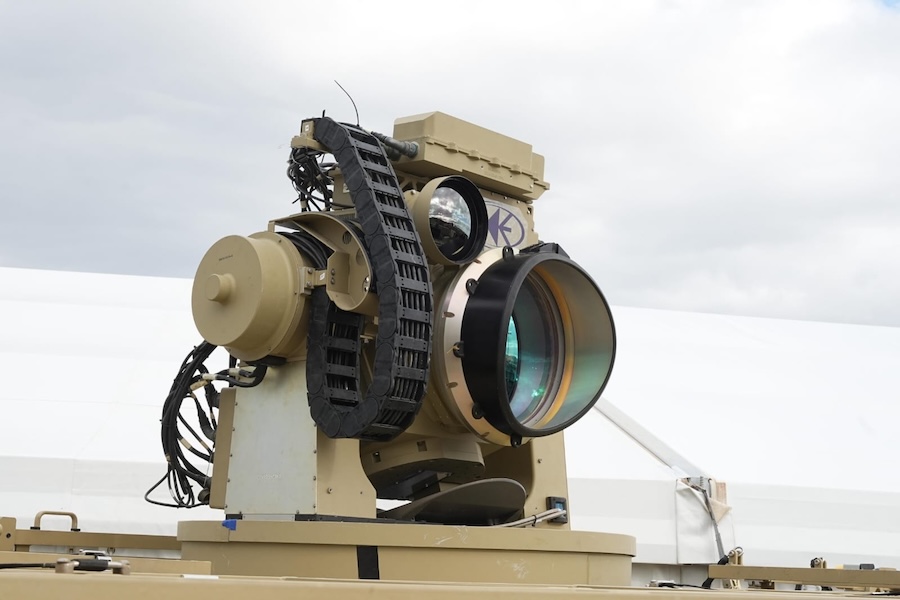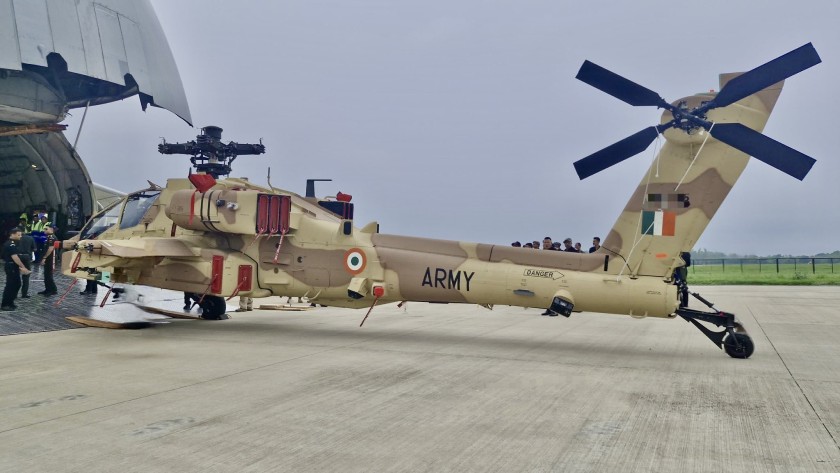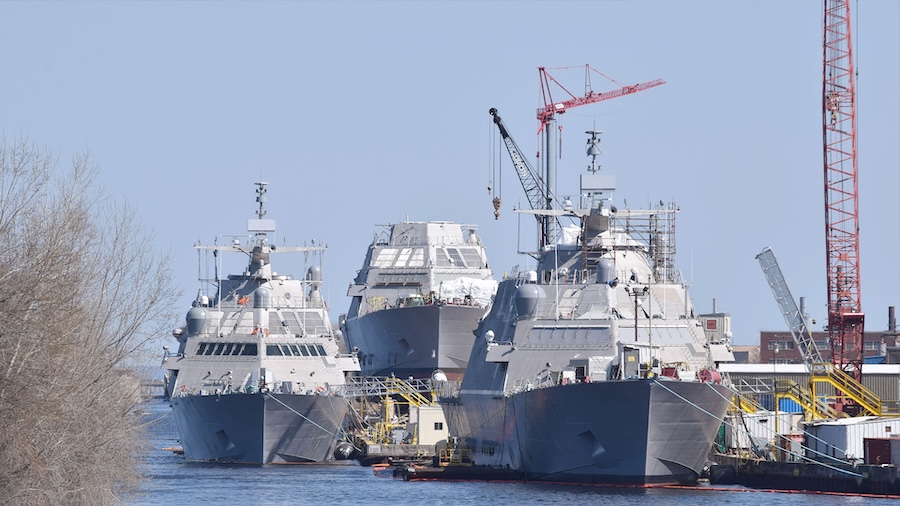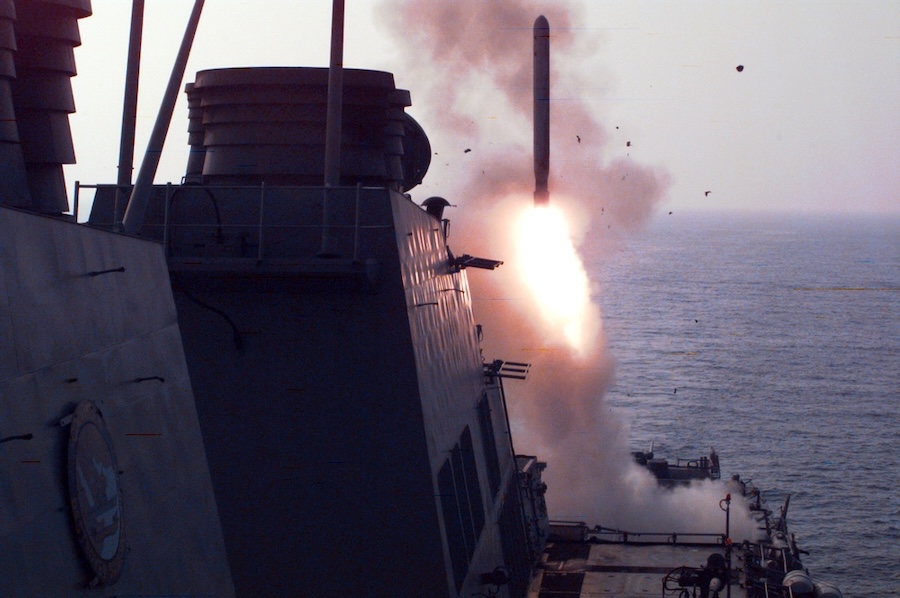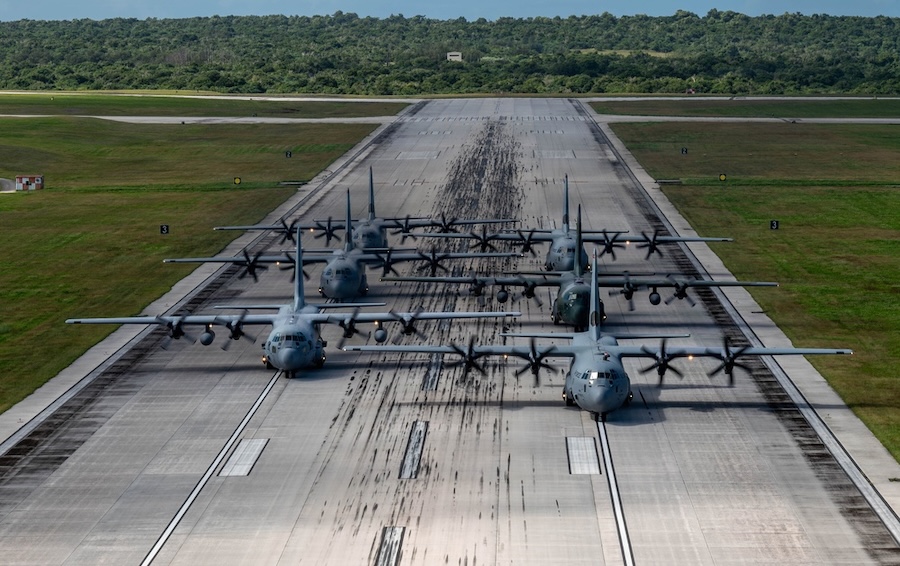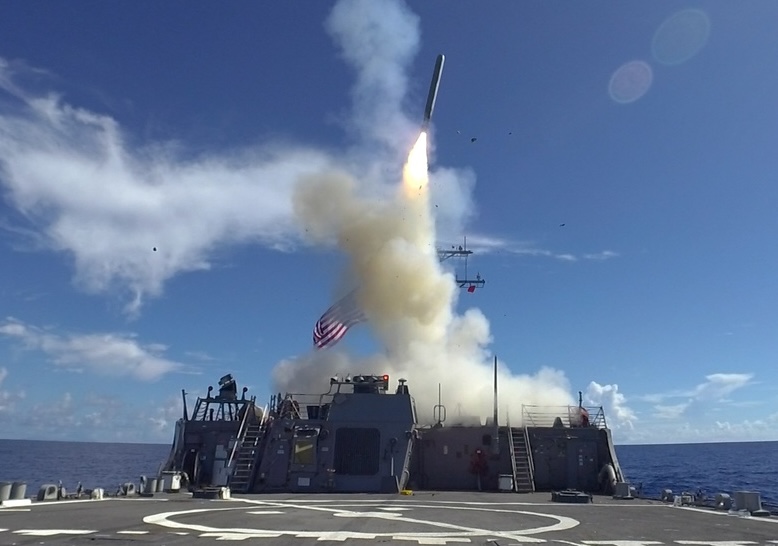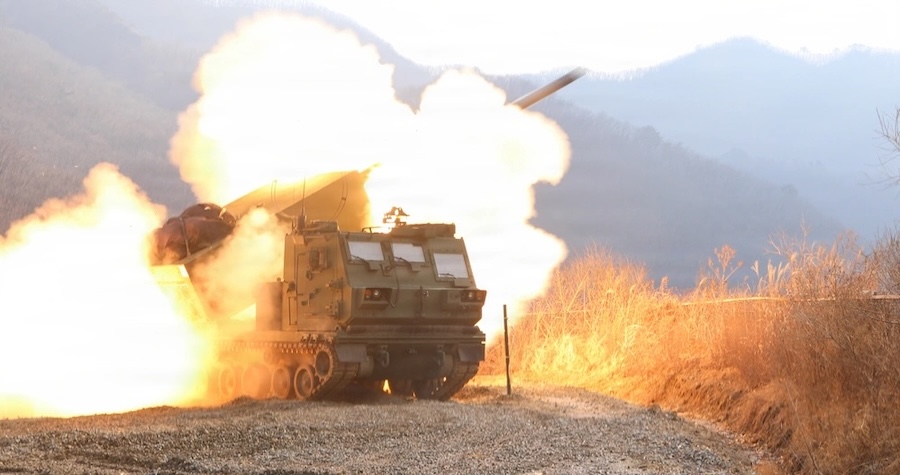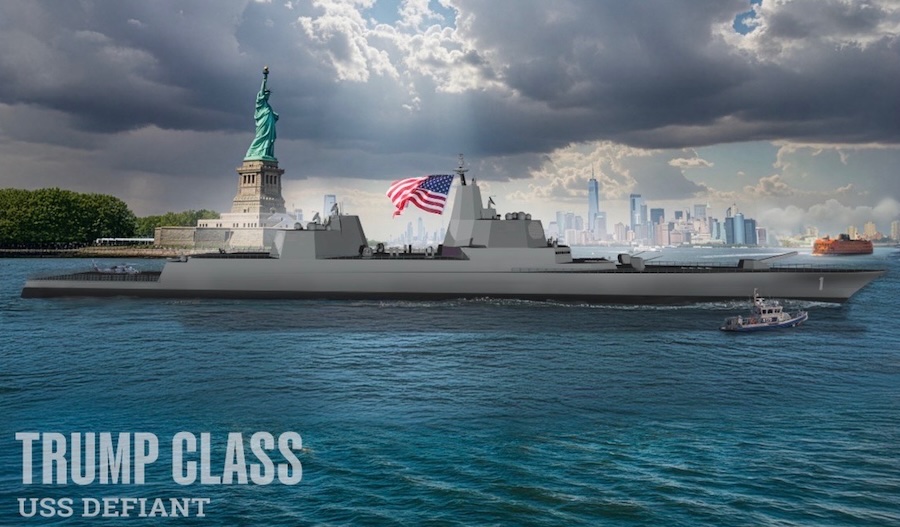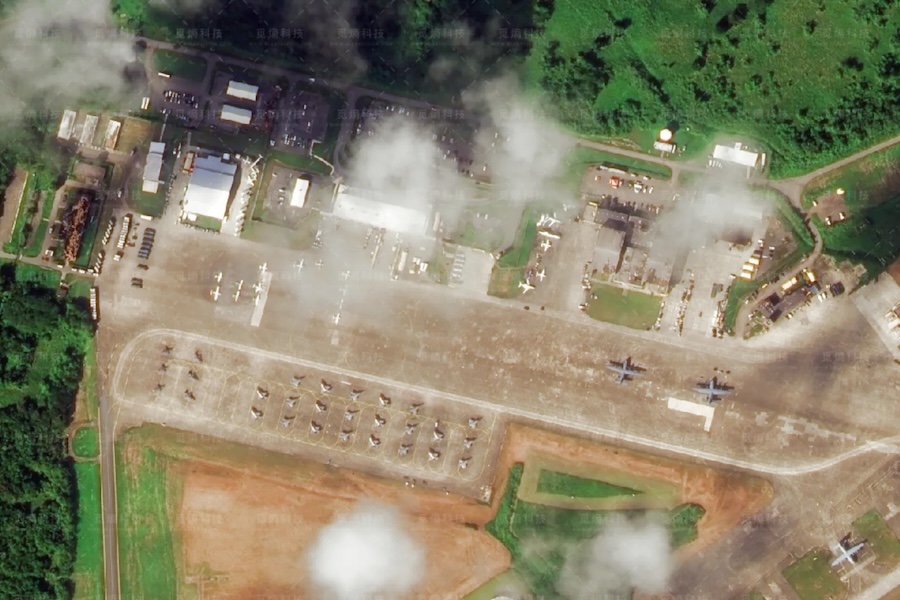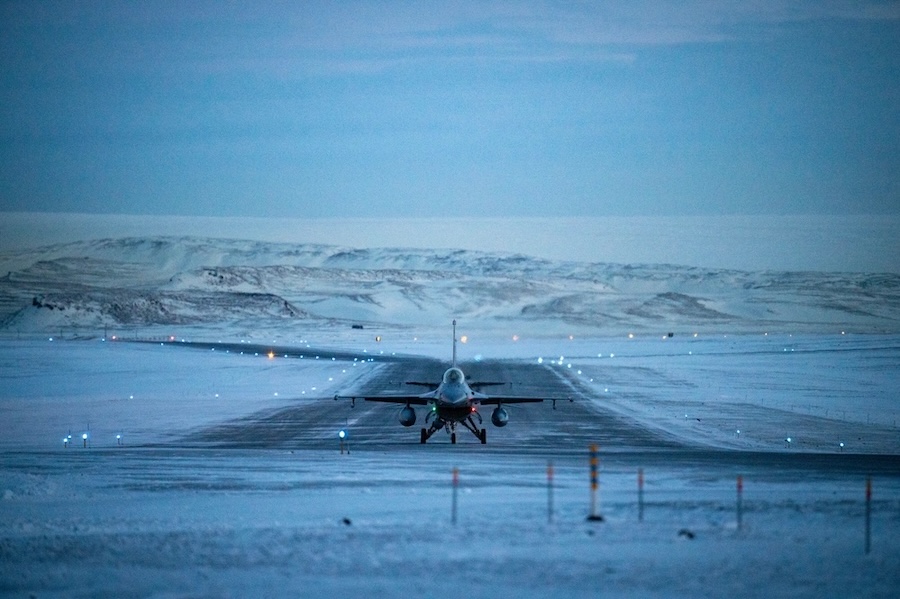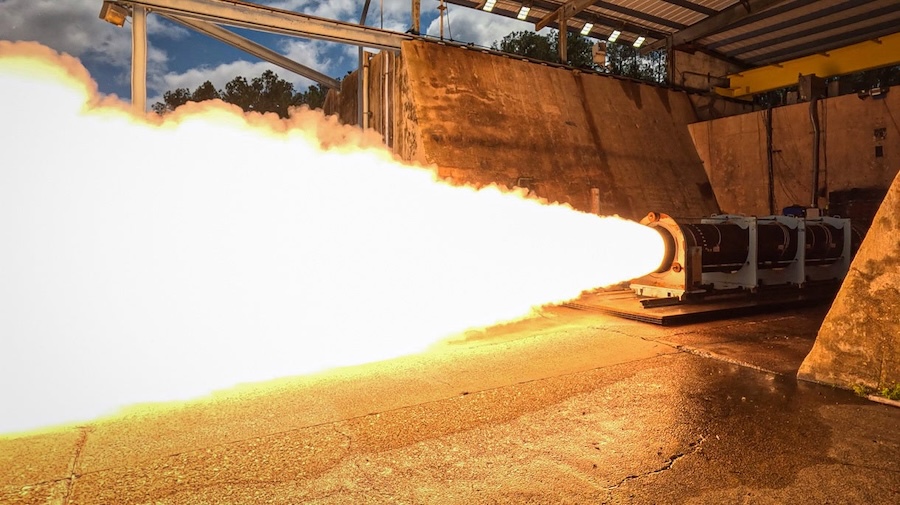According to The Wall Street Journal, the United States deployed a second THAAD battery to Israel to supplement the one already stationed there permanently. This was a significant move, as the U.S. currently operates only eight such batteries worldwide.
A standard THAAD battery consists of three to six mobile launchers, each capable of holding eight interceptor missiles, and is supported by an AN/TPY-2 radar system. These systems are designed to intercept ballistic missiles at high altitudes during their final phase of flight.
In the course of the conflict, the two THAAD batteries in Israel used more than 150 interceptor missiles. This number accounts for about one-quarter of the nearly 650 interceptors acquired by the U.S. Department of Defense since 2010.
The Pentagon plans to purchase 37 new THAAD interceptors in the next fiscal year. At this rate, replenishing the number used in just 12 days of operations would take four years.
Lockheed Martin, the system’s manufacturer, is reportedly capable of increasing annual production to approximately 100 interceptors. However, this would require additional time and incur significant costs, as each missile costs more than USD 15 million.
American warships also contributed to missile defence efforts by launching 80 SM-3 interceptors. In parallel, Israel employed its Arrow (Hetz) missile defence systems, co-developed with the United States.
Analysts assess that the rapid depletion of interceptor missile reserves was a major factor behind Israel’s decision to end its strikes on Iran. In retaliation for Israeli attacks, Iran launched nearly 500 ballistic missiles at Israeli territory.
Some of these Iranian missiles managed to breach the layered air defences supported by the U.S. and Israel. According to official data, the strikes killed 29 Israelis and injured over 100 others.






